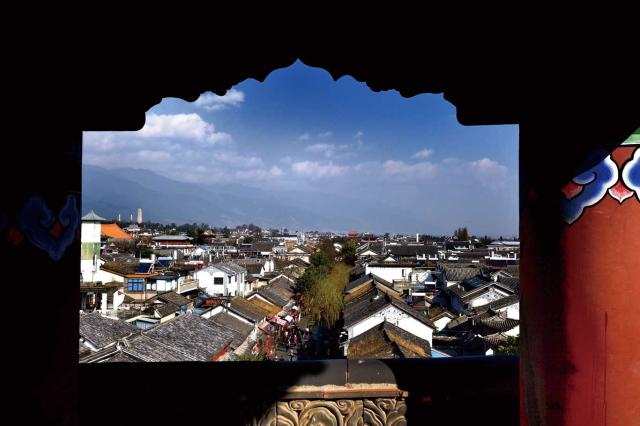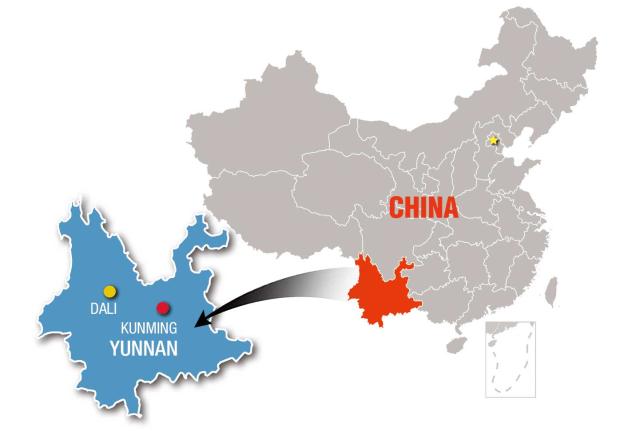t’s often said that the ancient walled city of Dali in Southwest China is a better place to live than visit, but the new influx of people has transformed this ancient walled city.
Ten years ago, it was a laid back backpackers’ paradise, blessed with year-round good weather, and nestled between the Cang mountain range and the vast Erhai Lake.
Amid the free and easy attitude, local Bai minority women openly sold the bounty of the local hemp plants that grew wild everywhere. Prices were dirt cheap, and foreigners had a rare glimpse into China’s past with the crumbling, unrestored cobblestone streets and ancient walls.
These days, many of the old buildings, especially on the main tourist streets, have been “restored” or replaced with modern buildings. The hemp plants have been cut down, and the Chinese and foreign hippies busking and selling hand crafted goods along Renmin Street have been pushed out.
To many who pass through, Dali will seem like another victim of its own success – the local government has to some extent killed the goose that laid the golden eggs by turning the ancient city into an overrun, modern tourist hub, much like Lijiang two hours north.
But to the thousands of Chinese who have quit their jobs and sold their apartments in major cities to start new lives here, the city has a new nickname – “Dalifornia.”
Much like California in the 1950s and 60s, Chinese discontented with the high-stress rat race of big city life are relocating in Dali, seeking clean air, beauty, a balanced lifestyle and spiritual fulfillment.
This chilled-out, spiritual side of the city is worth a visit. Here are some tips on seeing this side of Dali.
There are more than 20 bars in the main tourist area featuring men and women with guitars singing sentimental pop favorites. These interchangeable musicians usually sing for an hour and move on to another bar.
However, Dali punches above its weight class in terms of talented musicians performing original music. A decade ago, members of the seminal Beijing folk band The Wild Children moved to Dali, laying the foundation for a thriving music scene heavily influenced by Chinese folk traditions. Venues including September, Jielu, Jim’s, Ba-Ba Bar and the Peace Hotel regularly feature high quality performances of original music on par with what you might find in Beijing or Shanghai. There are also frequent small festivals or one-off performances – you need to ask around.
The local government has converted a former bed sheet factory into a creative zone, which has become an excellent place to feel the local bohemian vibe. It features antique shops, art exhibits, and most importantly to a tourist, two outstanding bookstores where you can sip a cup of coffee and people watch. The complex also hosts the office of Wild China, which organizes free local bird watching trips. In addition, there is a climbing wall run by a local rock climbing guide service.
Swimming and boating are banned in Erhai Lake, a landmark featured in a number of famous Chinese folk songs and movies. However, there is a ring road around the lake that is lovely for a day trip on an easy-to-rent electric scooter, or an overnight bicycle trip.
The lake is surrounded by tasteful, immaculately appointed hotels. All of them were suddenly shut down in 2015 in a pollution crackdown, dashing the dreams of hundreds of newly minted Dalifornians. Recently, however, some of these attractive small hotels are re-opening.

 Old Version
Old Version

